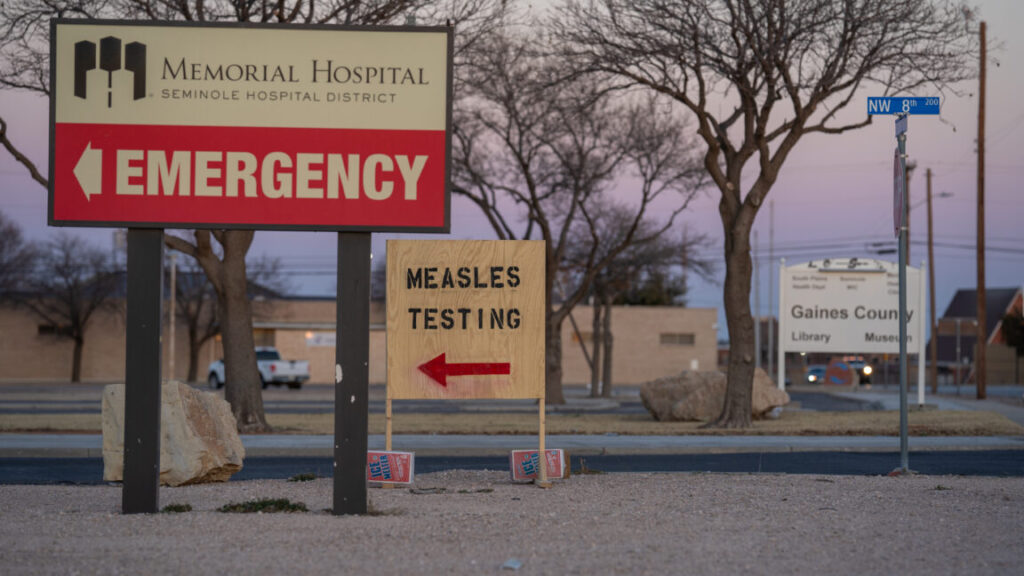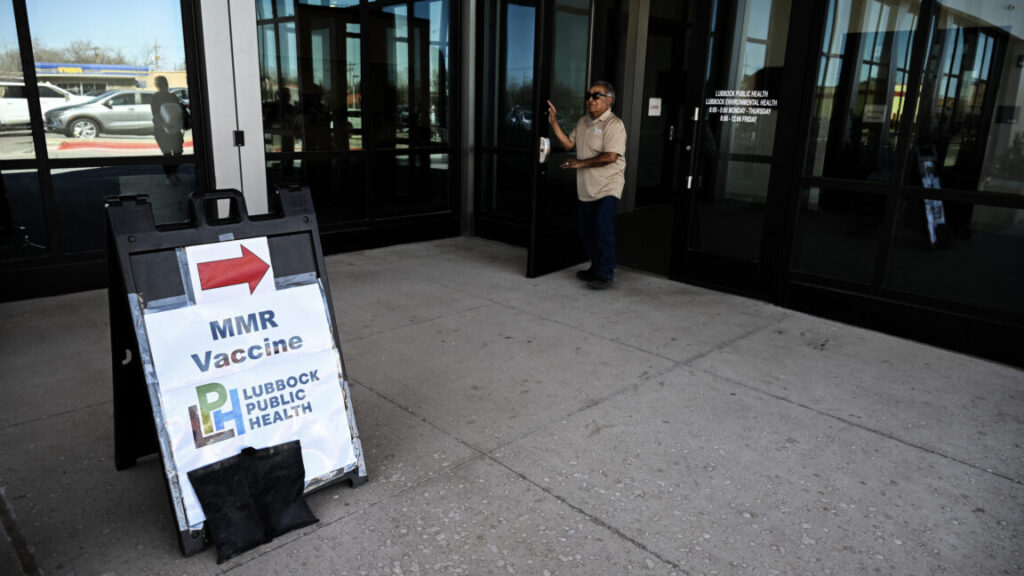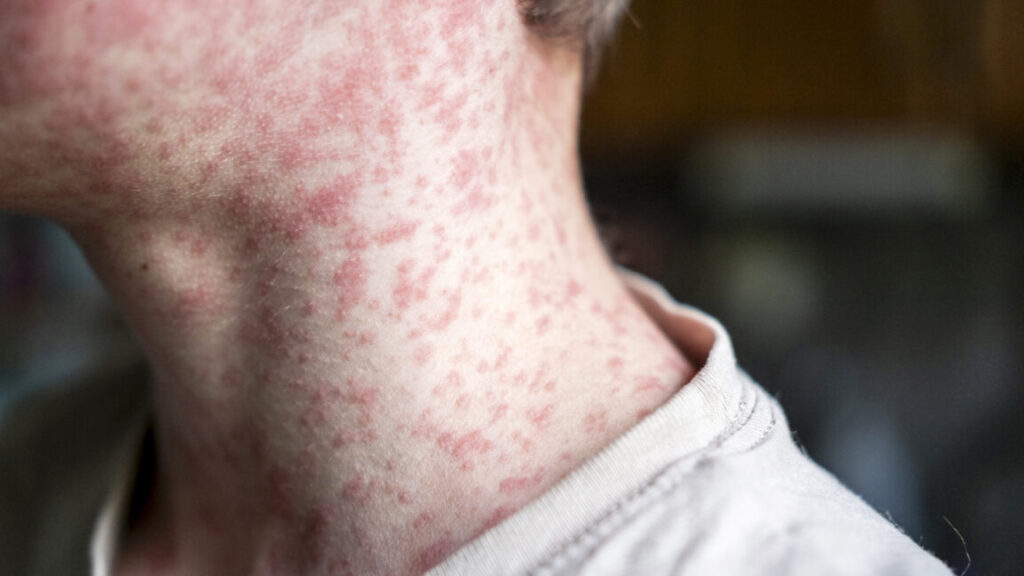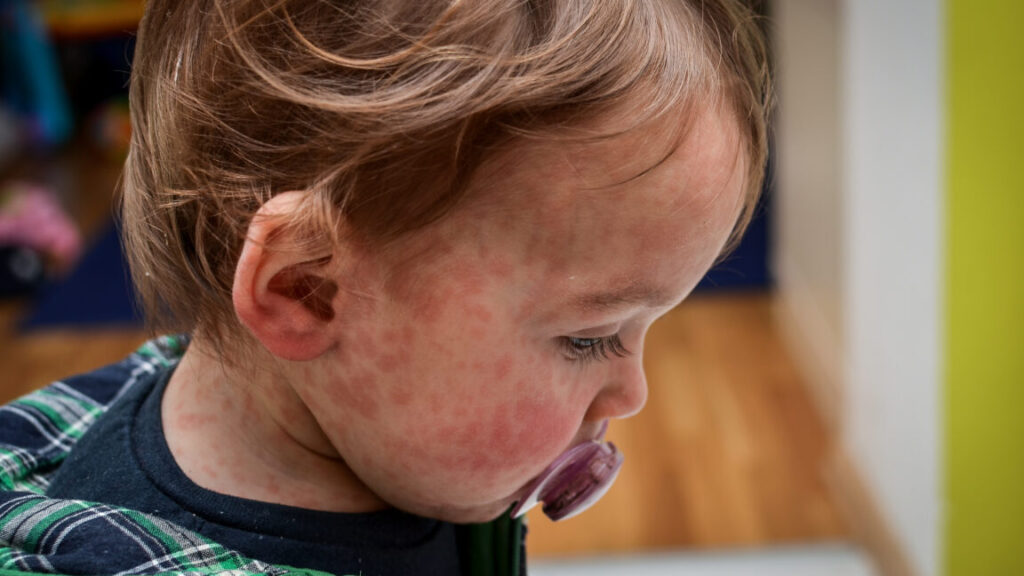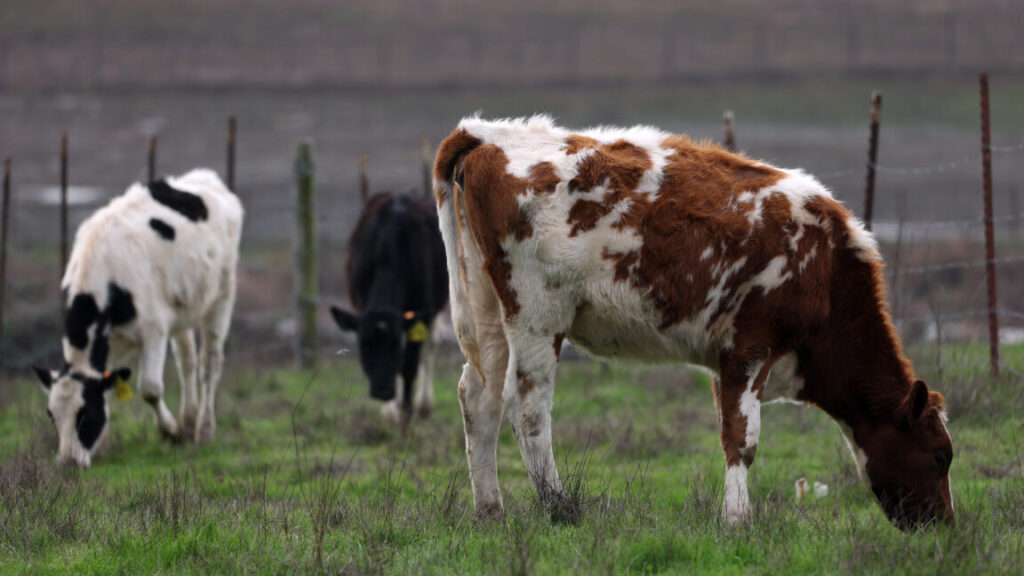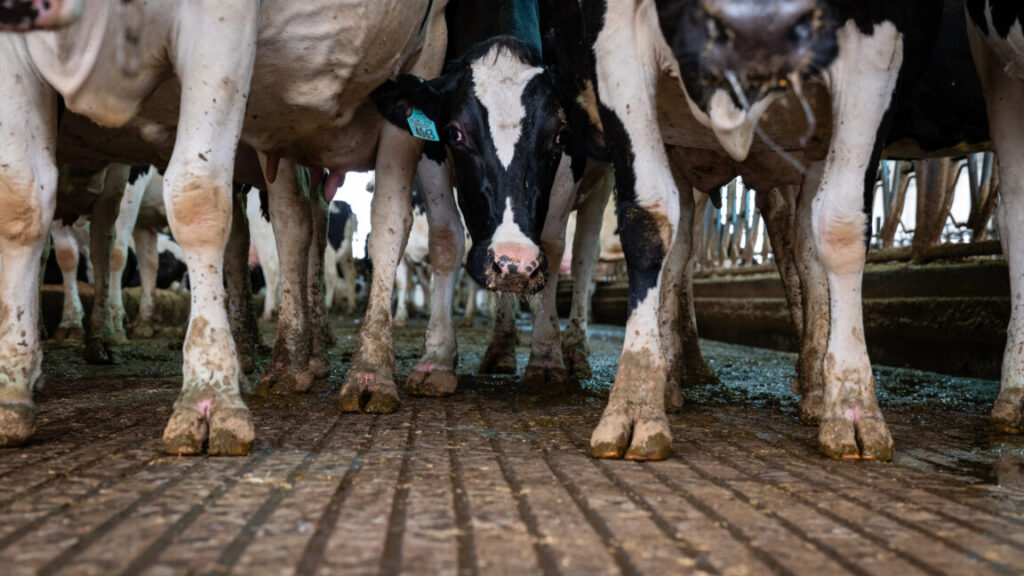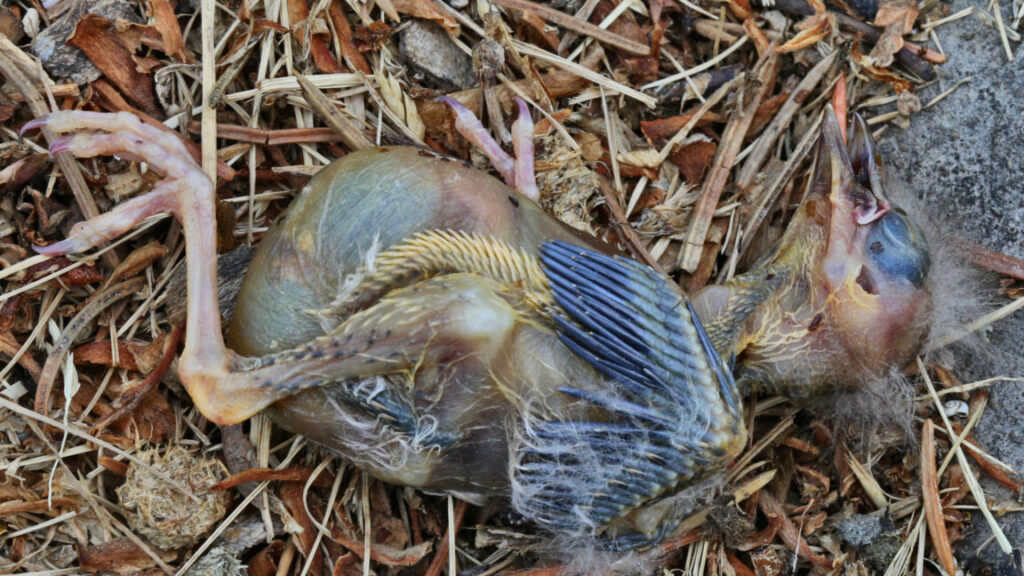Texas measles outbreak spills into third state as cases reach 258
Texas and New Mexico
Meanwhile, the Texas health department on Tuesday provided an outbreak update, raising the case count to 223, up 25 from the 198 Texas cases reported Friday. Of the Texas cases, 29 have been hospitalized and one has died—a 6-year-old girl from Gaines County, the outbreak’s epicenter. The girl was unvaccinated and had no known underlying health conditions.
The outbreak continues to be primarily in unvaccinated children. Of the 223 cases, 76 are in ages 0 to 4, and 98 are between ages 5 and 17. Of the cases, 80 are unvaccinated, 138 lack vaccination status, and five are known to have received at least one dose of the Measles, Mumps, and Rubella vaccine.
One dose of MMR is estimated to be 93 percent effective against measles, and two doses offer 98 percent protection. It’s not unexpected to see a small number of breakthrough cases in large, localized outbreaks.
Across the border from Gaines County in Texas sits Lea County, where New Mexico officials have now documented 32 cases, with an additional case reported in neighboring Eddy County, bringing the state’s current total to 33. Of those cases, one person has been hospitalized and one person (not hospitalized) died. The death was an adult who did not seek medical care and tested positive for measles only after death. The cause of their death is under investigation.
Of New Mexico’s 33 cases, 27 were unvaccinated and five did not have a vaccination status, and one had received at least one MMR dose. Eighteen of the 33 cases are in adults, 13 are ages 0 to 17, and two cases have no confirmed age.
On Friday, the Centers for Disease Control and Prevention released a travel alert over the measles outbreak. “With spring and summer travel season approaching in the United States, CDC emphasizes the important role that clinicians and public health officials play in preventing the spread of measles,” the agency said in the alert. It advised clinicians to be vigilant in identifying potential measles cases.
The agency stressed the importance of vaccination, putting in bold: “Measles-mumps-rubella (MMR) vaccination remains the most important tool for preventing measles,” while saying that “all US residents should be up to date on their MMR vaccinations.”
US health secretary and long-time anti-vaccine advocate Robert F. Kennedy Jr, meanwhile, has been emphasizing cod liver oil, which does not prevent measles, and falsely blaming the outbreak on poor nutrition.
Texas measles outbreak spills into third state as cases reach 258 Read More »
